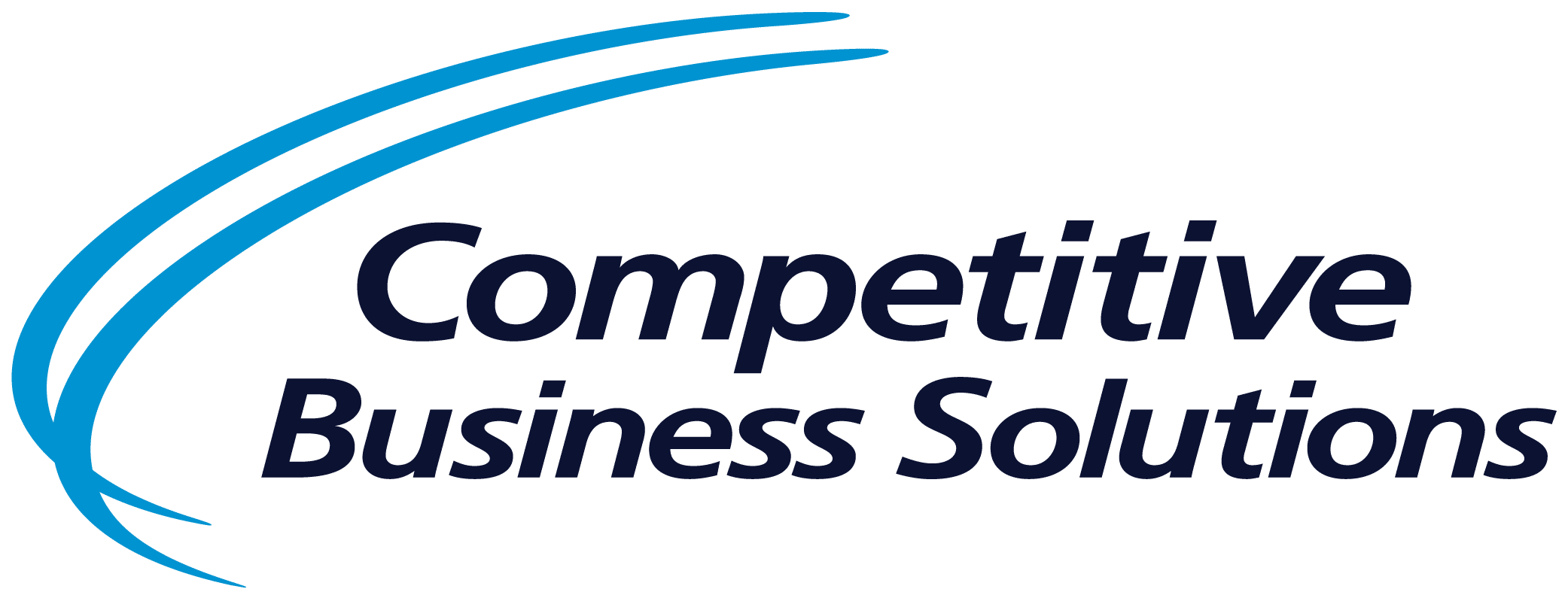As companies move forward with strategic planning, we often find disconnects between their goals, the actions or plans to achieve those goals, and the metrics used for tracking the performance of those actions. Just because specific strategic planning sessions have occurred and top management is aware of the vision, it does not automatically mean the whole organization is aware and actively engaged in driving the required performance. This is a common, erroneous assumption among companies and business leaders.
In addition to the obvious financial gains, strategic planning is crucial for organizations to grow, expand and become a benchmark within industry; however, when companies rely only on cookie-cutter, top-down metrics, they often find that the strategic goals are not met and end up rolling them into the next year’s strategic planning sessions. So, how should metrics be implemented, tracked and rewarded? Yes—you read it correctly: rewarded. We will discuss rewards later in this post, but first, let us describe what a good approach could be.
If you think of any professional sports team, the quest for championships starts by envisioning a clear path to attain this objective. Of course, there are many variables that come into play here, but for the sake of simplification: Once the best possible team is assembled, including not only the players but coaches and support staff too, the franchise will deploy a strategic plan that will get the team to the championship. The performance of those plans needs to be measured. During sports games, we all love to hear statistics about the team’s general performance as well as the performance of individual players. Just like any sports team, your company needs these metrics to be in place to trigger actionable activities and countermeasures, so that you can win the game, or achieve your objective. But what would you need to become proficient at reading gaps in your strategy and making actionable tasks to get back on track? For starters, you will need great communication and some simple yet well-designed metrics. Remember that even though lower-level associates do not participate in the strategic planning, they are the biggest drivers of the results, which will either score big on your strategic goals or because you miss the target completely.
So how can the right metrics be developed, implemented and tracked? Here are a few pointers that will allow you to score big wins with your teams:
- Clear and linked metrics. It sounds obvious and redundant, but there are lots of companies that place metric boards on the floor and ask operators, line leads and supervisors to fill these data points with little training or explanation. Then, they wonder why they cannot get meaningful data back, or why the information collected is inconsistent. First, your strategic planning should be “translated” into values that are relatable to people on the floor. For example, one of the strategic short-term goals is to increase sales by 20%. If you place a chart on the shop floor on which supervisors must mark and track by shift increments of that 20% sales increase, they may not only have a hard time gathering the data, but they may also see it as an additional, non-value-added task, which will be left blank by days if not weeks. Consequently, top management will get frustrated because they do not have the data on something that was not translated. The answer, however, is surprisingly simple: translate, clarify and make it a habit to check those data points daily and provide feedback. In our example, instead of using a 20% increase in sales, translate that into additional parts, pieces or whatever tangible unit of measurement is used with your specific team. You must do the math for them and place an aggressive but achievable goal that they can impact. Your team will not only keep track of things they can control, but they will also engage in the challenge because they can understand what is expected and can influence the outcome.
- Involve the team. When people are tasked with gathering and recording data, they also become a lot closer and gain increased understanding of your process. As they “live” the underlying issues, they become the experts. Let them be part of the improvement ideas and problem-solving. Document the countermeasures and visit them daily. Offer help if needed and remove obstacles for your team. People appreciate being part of the solution, not only the problem.
- Validate metric data. This is probably one of the most painful steps in creating the right culture. Unfortunately, there is no magic trick to do this. Growing is painful. We have experienced all sorts of growing pains in our lives, and it is no different in any organization. Growing and creating the right habits require discipline from all involved. Question data points but do it in a way that fosters participation, ingenuity, curiosity, and learning. Adopt a coaching stance where you give feedback to your reports but let workers figure out the possible solutions. Remember, you are the coach, not the one getting tackled by a 300-pound linebacker.
- Point to the process, not the person. We have probably heard this in any of its different forms, but do not take it as a cliché or punch line. It holds true every time. When a production line has a bad shift for whatever reason, always try to find what part of the process is weak or broken and allow your team to be part of the solution. It is not always going to be your team up by 50 points by the end of the first half! Sometimes there will be trouble and bad days. Machines break, people get sick, material gets mixed and quality issues emerge. Keep calm. Find the part of the process that is the weakest link and fix it with your team. Even if you do not know where to start, take one issue, draw a plan and execute. Repeat these steps every day.
This last point leads me to a final thought: Just as bad days will occur; good days should also be part of your journey. Take this opportunity to acknowledge and praise your team. As mentioned in the first paragraph, reward the effort when it shows a positive trend. It does not have to be monetary; most people will thrive when they are recognized when things go well. For example, you can set metrics by area, assembly line, product, etc. and create a reward points program. You can have different levels set up for points a team or individual can exchange for merchandise, restaurant gift cards or even home appliances. Manufacturers and service providers usually have programs of this kind and will help you set up your rewards program.
In sum: The best approach you can have when dealing with strategic goal deployment is to install metrics that measure what the top management defines as goals translated into tangible units a team on the floor can understand, track, influence and improve.



